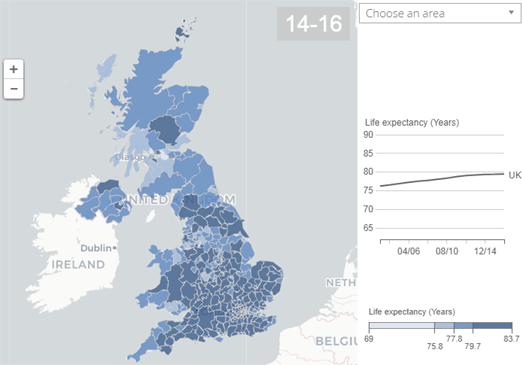Сообщения
Сообщения за апрель, 2019
The World in Globes
- Получить ссылку
- X
- Электронная почта
- Другие приложения
Mapping White Return in the USA
- Получить ссылку
- X
- Электронная почта
- Другие приложения
A Geography of Thrones Game
- Получить ссылку
- X
- Электронная почта
- Другие приложения
The 2019 Spanish Election Maps
- Получить ссылку
- X
- Электронная почта
- Другие приложения
No Planes Over Pakistan
- Получить ссылку
- X
- Электронная почта
- Другие приложения
Wicked Weather & Deadly Disasters
- Получить ссылку
- X
- Электронная почта
- Другие приложения
Brussels - City of the World
- Получить ссылку
- X
- Электронная почта
- Другие приложения
Germany's Red Belt Area
- Получить ссылку
- X
- Электронная почта
- Другие приложения
Exaggerated Relief Maps
- Получить ссылку
- X
- Электронная почта
- Другие приложения
How Global Warming Has Warmed Your Home
- Получить ссылку
- X
- Электронная почта
- Другие приложения
The 2019 Spanish Election
- Получить ссылку
- X
- Электронная почта
- Другие приложения
Inequality in Australia
- Получить ссылку
- X
- Электронная почта
- Другие приложения
Death on the Roads
- Получить ссылку
- X
- Электронная почта
- Другие приложения
Mapping China Tech Giants
- Получить ссылку
- X
- Электронная почта
- Другие приложения
World Press Freedom 2019
- Получить ссылку
- X
- Электронная почта
- Другие приложения
Mega Monday Map Quiz
- Получить ссылку
- X
- Электронная почта
- Другие приложения
The Ukraine Presidential Election Map
- Получить ссылку
- X
- Электронная почта
- Другие приложения
The Language of Story Maps
- Получить ссылку
- X
- Электронная почта
- Другие приложения
Dutch Election Map
- Получить ссылку
- X
- Электронная почта
- Другие приложения
European Gerrymandering
- Получить ссылку
- X
- Электронная почта
- Другие приложения
Where Germans Drive Fastest
- Получить ссылку
- X
- Электронная почта
- Другие приложения
Mapping Urban Heat Islands
- Получить ссылку
- X
- Электронная почта
- Другие приложения
All the Lands & Kingdoms in the Whole World
- Получить ссылку
- X
- Электронная почта
- Другие приложения
Plastic Polluted River & Oceans
- Получить ссылку
- X
- Электронная почта
- Другие приложения
Tilt Shift Maps
- Получить ссылку
- X
- Электронная почта
- Другие приложения
Why Are We Dying Younger?
- Получить ссылку
- X
- Электронная почта
- Другие приложения
Leonardo da Vinci's Map of Imola
- Получить ссылку
- X
- Электронная почта
- Другие приложения


























